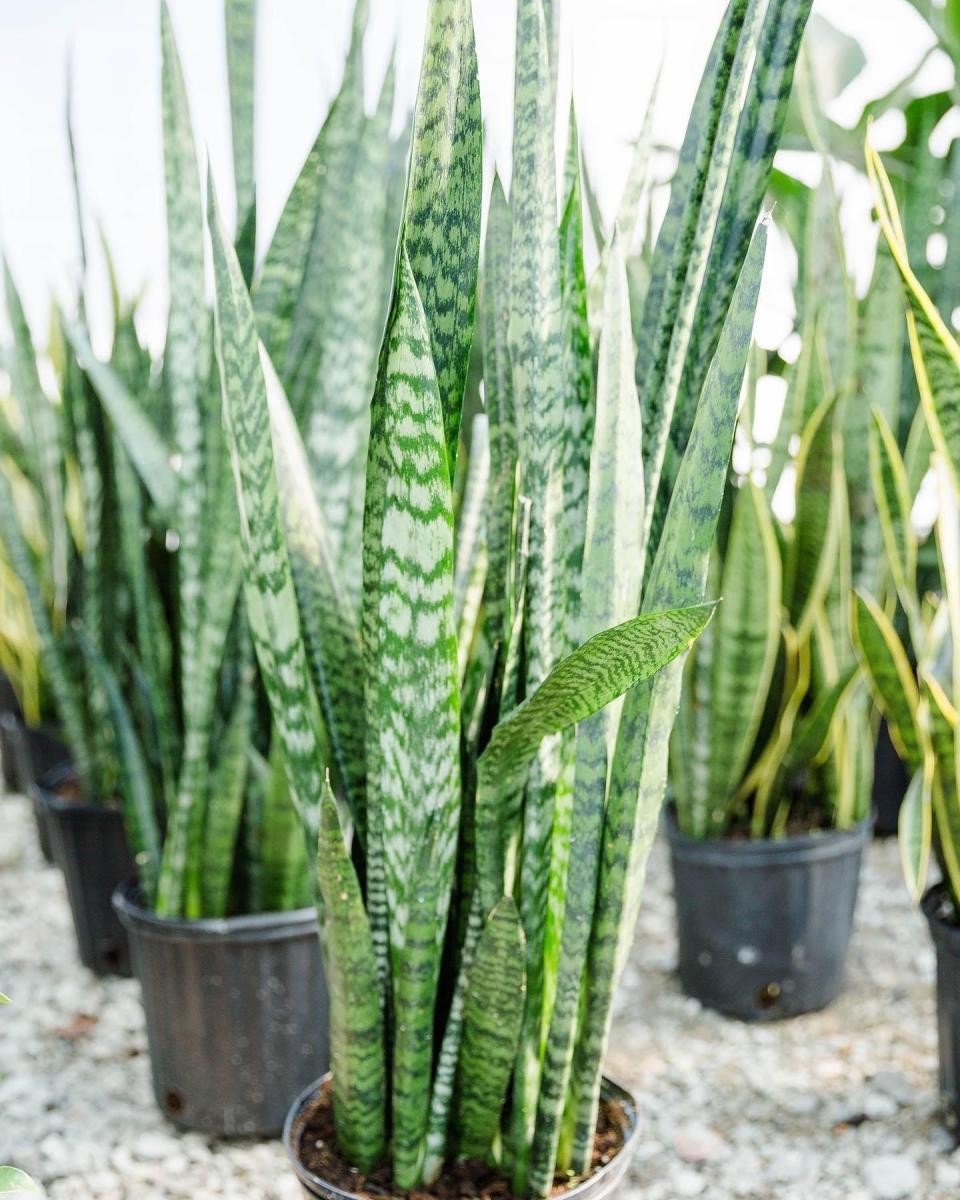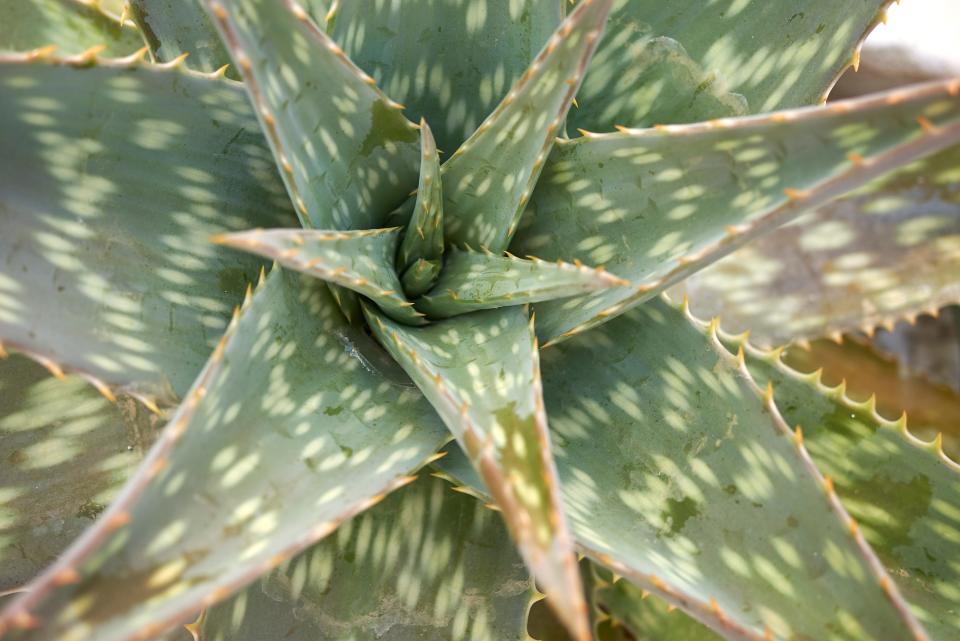Swordplay in the garden: These plants play several roles, from accents to groundcovers
Sword plants, which I’ll define as perennials that feature soft or sharp-tipped foliage, are greatly underused in most gardens.
Generally employed as accents and groundcovers, sword plants (which number in the hundreds) can also play other roles in our landscapes. Among their advantages is that most are cold-hardy, evergreen and drought tolerant.
They also feature seasonal flowers and require little pruning. In addition, sword plants vary from the 10-inch-tall society garlic to the 20-foot spineless bayonet. And while foliage colors are generally shades of green, quite a few flaunt eye-catching variegation.
A tree to withstand weather and time? They don't get much bigger and badder than sycamores
Often overlooked despite their versatility are Sansevieria (snakeplants), named for the snakeskin variegation many of them display. An atypical Sansevieria – at least for most gardeners – is S. cylindrica. It’s a three- to four-foot-tall African species with sharply pointed, rodlike leaves that feature subtle green-and-gray mottling. Sometimes called St. George’s lance, S. cylindrica provides drama in planters, rock gardens and minimalist foundation plantings. Content in sun or filtered light, this snakeplant is extremely drought tolerant but demands a sheltered site due to its sensitivity to frost and freezes.

The more familiar snakeplants, including bowstring hemp and similar species, require the same conditions. All plants mentioned are rhizomatous and are propagated by division.
Agaves also spring to mind when sword-leaved plants are the topic. These plants are native to the Americas, ranging from tropical to temperate regions, and vary from the 6-inch Agave pygmae to A. decipiens, which can grow 12 feet tall.
In addition to differences in stature, agaves – about 250 species – offer an array of leaf shapes and colors. While many are shades of green, others – like A. neglecta and desmettiana – are silvery-gray. More common agaves that can take the place of woody shrubs include variegated versions of century plant and Caribbean agave. These succulents are sun-loving and droughtproof species that bloom spectacularly at maturity and then begin to die.
We just love a good fish tale These palms have got it all | Gardening
If you admire large agaves, related plants called fucereas should have appeal. Most often seen is F. macdougalii. With broad gray-green leaves up to seven feet long, it serves as a landscape focal plant. Older specimens frequently form impressive trunks, potentially increasing their height up to 20 feet.
Among sword plants, almost no species are as underused as aloes. The aloe most frequently cultivated is Aloe vera, but there are approximately 400 other species, mostly from Africa.

Among the best are candelabra aloe (A. aborescens), climbing aloe (A. ciliaris), bitter aloe (A. ferox) and soap aloe (A. fasciata). They demand well-drained sites in bright light. The species mentioned are cold hardy and flaunt red or orange flowers in winter and early spring. Aloes work as foundation plants and shrubbery border components and in containers.
This article originally appeared on The Ledger: Sword plants are versatile, hardy and underused in gardens

